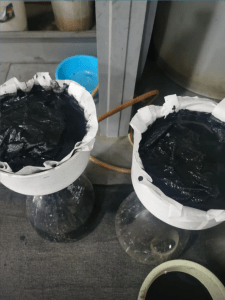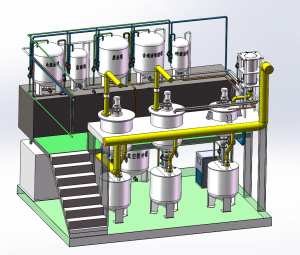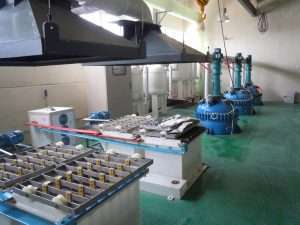Call us now:
Scrap catalysts often contain precious metal catalysts such as platinum, palladium and rhodium, and therefore these precious metals can be recovered through refining methods.
The following are some common methods for refining precious metals from spent catalysts:
Solvent extraction method: Mixing the spent catalyst with a specific organic solvent allows the precious metals to bind to the solvent while the other components remain in the spent catalyst.
Activated carbon adsorption method: The spent catalyst can adsorb precious metals by activated carbon. Afterwards, the activated carbon is mixed with a chemical agent and heated, which can separate the precious metals from the activated carbon.
Ion exchange method: The spent catalyst is immersed in a specific ion exchange resin, and the precious metals are extracted from the spent catalyst by the exchange between negative ions and precious metal cations.
Redox method: The spent catalyst can be oxidized to compounds containing precious metals and then reduced to precious metals at high temperatures. This method can employ a variety of reducing agents, such as hydrogen, sodium hydroxide or sodium sulfite.
Roasting method: The spent catalyst is roasted at high temperatures, which allows the organic matter and impurities in the catalyst to be burned off, while the precious metals remain in the residue. Afterwards, the residue can be processed, such as solvent extraction and chemical reduction, to extract the precious metals.
Hydrothermal method: Reacting the spent catalyst with water under high pressure and high temperature can convert the precious metals in the catalyst into soluble ions or compounds, and then extract the precious metals by precipitation or extraction.
Reduction method under hydrogen atmosphere: The spent catalyst is reduced under high temperature and high pressure hydrogen atmosphere, which can reduce the precious metals from the catalyst. This method requires specific reduction equipment and a hydrogen gas source.
Each of these methods has advantages and disadvantages, depending on the type and requirements of the spent catalyst. In practice, it is usually necessary to choose the most suitable method based on a combination of various factors such as the composition and content of the spent catalyst, the requirements for recovery of precious metals, and the equipment conditions.Optional manufacturing equipment from China


